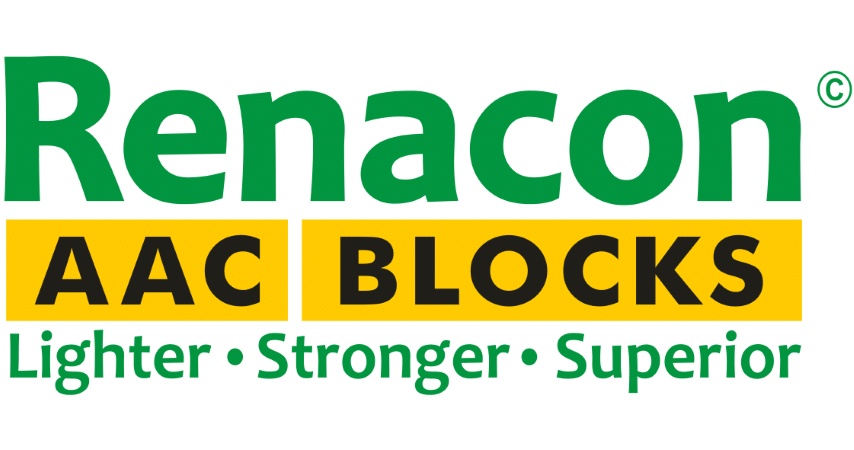
renafix 222 tile adhesive
A multipurpose cementitious polymer modified tile adhesive designed for the installation of all tile and stones on a variety of cement substrates especially on stone applications.

KEY FEATURES
- Ready to use, just add water
- Easy mixing and application
- High Strength, polymer modified
- Excellent adhesion, low shrinkage
- For fixing ceramic tiles over floors and walls
- Formulated with locally sourced minerals
- Contribute to LEED points
- Water and Shock Resistant
- Concrete
- Concrete masonry cement mortar beds
- Cementetious plaster and render
- Tile and Stone
- Brick masonry
- Cement terrazzo
- Surface Preparation –Surfaces should be structurally sound, clean and free of all dirt, oil, grease, loose peeling paint, laitance, concrete sealers or curing compounds. Dry, dusty concrete slabs or masonry should be dampened and excess water swept off.
- Mixing –Place clean, potable water into a clean pail. Add thin set powder into the pail. Use approximately 5 – 6L of water for 20 kg of powder. Mix by hand or with a slow speed mixer to a smooth, trowel able consistency. Allow adhesive to slake for 5-10 minutes. Adjust consistency if necessary. Remix and apply with the proper sized notched trowel.
- Application –Apply adhesive to the substrate with the flat side of the trowel, pressing firmly to work into surface. Comb on additional adhesive with the notched side. Use the proper sized notched trowel to ensure full bedding of the tile. Spread as much adhesive as can be covered with tile in 10 minutes. Back butter large tiles (> 12”x12”) to provide full bedding and firm support. Place tiles into the wet, sticky adhesive and beat in using a beating block and rubber mallet to embed tile and adjust the level. Check adhesive for complete coverage by periodically removing a tile and inspecting bedding adhesive transfer onto back of the tile. If adhesive is skinned over (not sticky), remove and replace with fresh adhesive. It is recommended to use spacers to create joints between tiles and subsequently fill the joints with Renafix tile grout.
- Cleaning –Clean all tools and application equipment with water immediately after use. Hardened/cured material can only be removed mechanically.
- Health & Safety Information
- During cold weather, protect finished work from traffic until fully cured.
- Contains Portland cement and silica sand. May irritate eyes and skin. Avoid contact with eyes or prolonged contact with skin. In case of contact, flush thoroughly with water.
- Do not take internally. Silica sand may cause cancer or serious lung problems. Avoid breathing dust. Wear a respirator in dusty areas.
- Keep out of reach of children.
